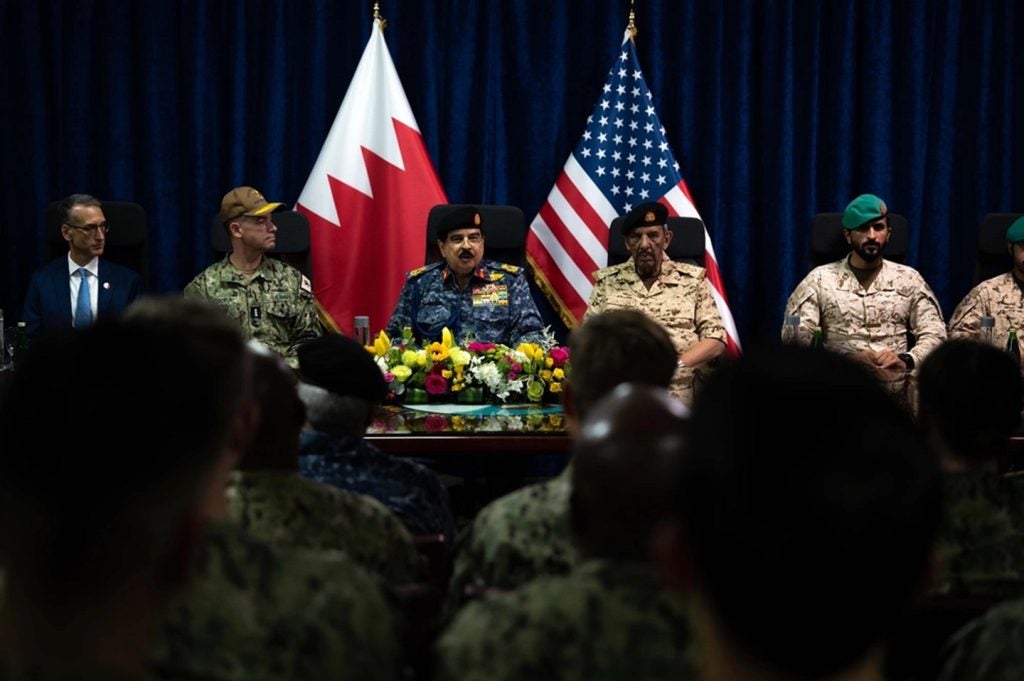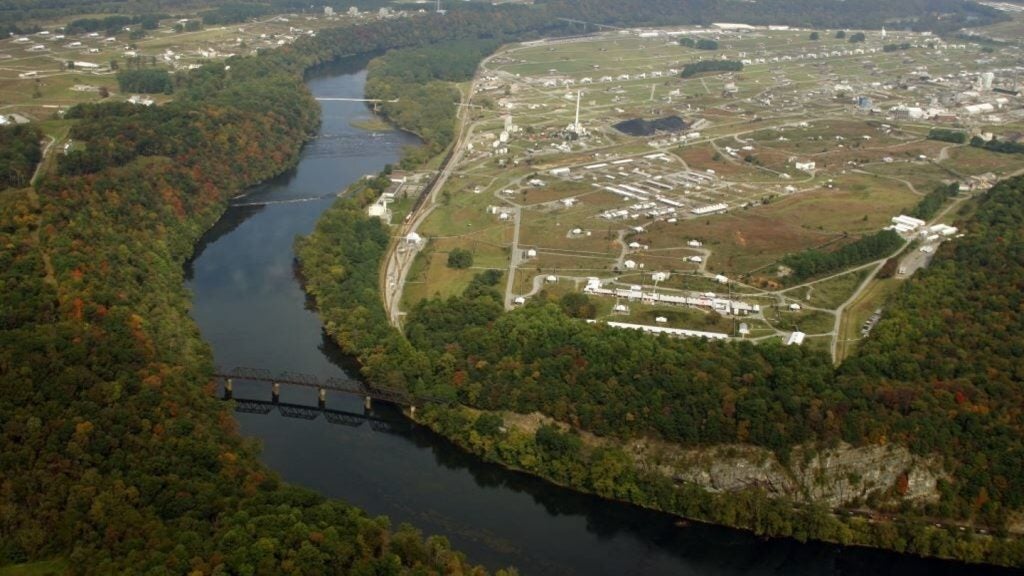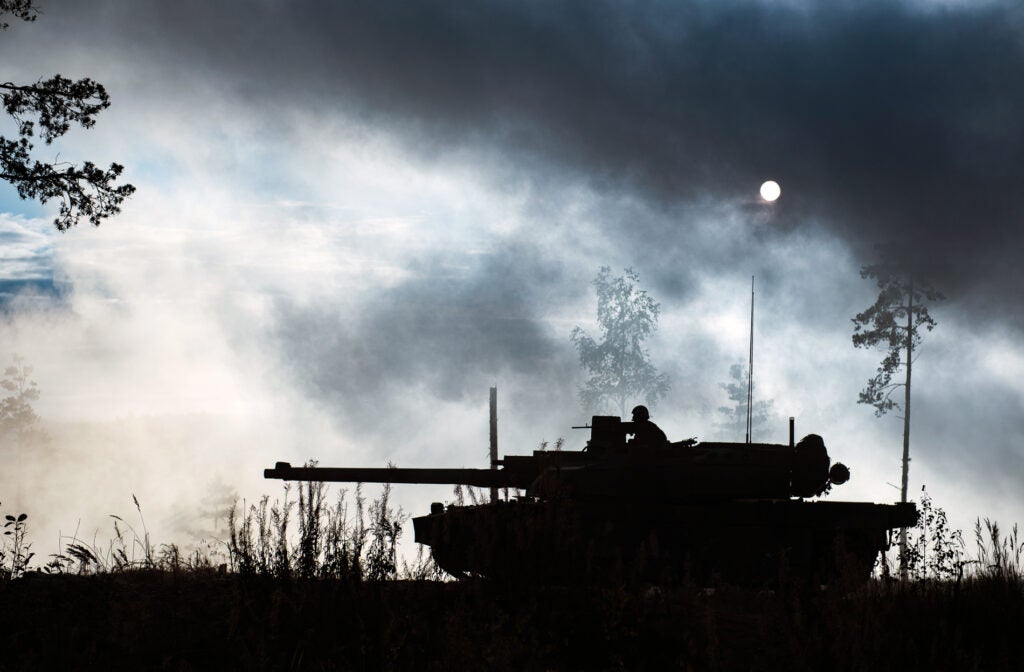
US Army Research Laboratory (ARL) scientists are developing a new sensing and processing system, in an effort to enhance soldiers’ situational awareness capabilities during combat operations.
Called microquadrotor, the device is a size-constrained robotic system and can fly using a manual pilot control or in a test environment that uses an external-visual tracking system, such as a Vicon system.
US Army Sensors and Electron Devices Directorate research engineer Dr Joseph Conroy said the current methods for control, navigation and obstacle avoidance, such as laser-range finders, are heavy and expensive.
"We wish to use methods inspired by the neurophysiology of the insect-visual system to provide these capabilities within the necessary payload," Conroy said.
See Also:
US soldiers require general purpose, squad-level intelligence, surveillance and reconnaissance (ISR) capabilities with minimal weight and operational training.
How well do you really know your competitors?
Access the most comprehensive Company Profiles on the market, powered by GlobalData. Save hours of research. Gain competitive edge.

Thank you!
Your download email will arrive shortly
Not ready to buy yet? Download a free sample
We are confident about the unique quality of our Company Profiles. However, we want you to make the most beneficial decision for your business, so we offer a free sample that you can download by submitting the below form
By GlobalDataRealising that the desired ISR capabilities can be provided by flying robotic vehicles, the scientists are developing and evaluating millimetre-scale robotic leg structures comprising piezoelectric thin-film actuator segments and thin-film copper sections, which are designed to mimic leg kinetics and can move, lift and resist impact.
ARL Piezoelectric-Micro Electro-Mechanical Systems Technology team lead Dr Ronald Polcawich said the millimetre-scale robotic platforms are expected to provide a unique set of advantages and capabilities.
"Their inherent size makes them useful to access difficult to reach areas such as in rubble for search and rescue, and behind closed doors for reconnaissance," Polcawich said.
ARL SEDD Micro and Nano Materials and Devices Branch chief and Micro Autonomous Systems and Technology Collaborative Technology Alliance cooperative agreement manager Dr Brett Piekarski said the future military sensing systems are expected to be able to find their own way in and out of a structure, send information to soldiers from within the structure and hover to protect soldiers’ perimeters with minimal monitoring from the soldier.
"We want these systems to be small, fast, lightweight, [and] cost-effective and have the ability to go wherever the solider needs to go," Piekarski said.
"The end result is to create a system that would be a true teammate for soldiers, one that could keep up with their speed."
Image: US Army Research Laboratory research engineer Dr Joseph Conroy checks the vehicle operation of the U microquadrotor. Photo: courtesy of Doug LaFon.







